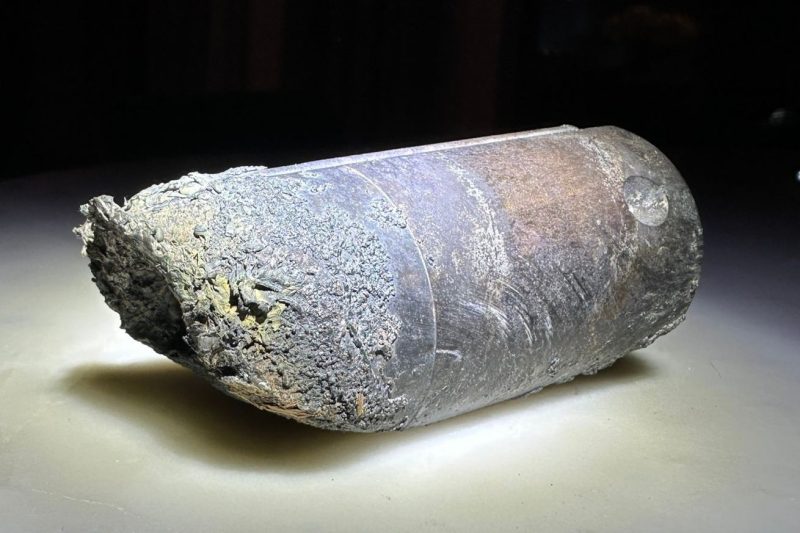In recent years, the growing issue of space debris has become a significant concern for space agencies, governments, and the scientific community. The expanse of space that was once considered vast and empty is now teeming with debris from defunct satellites, spent rocket stages, and other remnants of human activity in space. This accumulation of space junk poses a threat to operational spacecraft and satellites, as well as the long-term sustainability of space activities.
One of the primary factors contributing to the proliferation of space debris is the increasing number of objects being launched into space. With the rise of commercial space activities and the growing accessibility of space technology, the number of satellites and spacecraft in orbit has skyrocketed in recent years. Each launch brings with it the potential for creating more debris, either through accidental collisions or intentional maneuvers that generate fragments.
The threat of space debris is not just theoretical; it poses a real and immediate danger to operational spacecraft. Collisions with even small pieces of debris traveling at high speeds can cause significant damage to satellites and spacecraft, jeopardizing their functionality and lifespan. In the worst-case scenario, a collision with a large piece of debris could result in the complete destruction of a spacecraft, creating even more debris in the process.
Efforts to mitigate the issue of space debris have been ongoing for several years, with various strategies being proposed and implemented to address the problem. These efforts include debris removal missions, where spacecraft are sent to capture and de-orbit defunct satellites and other large objects, as well as measures to prevent the creation of new debris through responsible satellite disposal practices.
Another approach to mitigating the risks posed by space debris is through improved tracking and monitoring of objects in orbit. By accurately cataloging the location of known debris objects and predicting their trajectories, space agencies and satellite operators can take evasive action to avoid potential collisions. This involves sharing data and information on the location of space debris among stakeholders to ensure that all parties are aware of the risks and can take appropriate measures to protect their assets.
In addition to these technical solutions, there is also a growing recognition of the need for international cooperation and coordination in addressing the issue of space debris. With so many countries and organizations involved in space activities, a collective effort is required to effectively manage and mitigate the risks posed by debris in orbit. International agreements and guidelines on space debris mitigation and remediation are crucial for ensuring the long-term sustainability of space activities and preventing further degradation of the space environment.
In conclusion, the problem of space debris is a complex and multifaceted issue that requires a coordinated and proactive approach from all stakeholders involved in space activities. By implementing measures to remove existing debris, prevent the creation of new debris, and improve tracking and monitoring capabilities, we can work towards a cleaner and safer space environment for future generations. Only through collective action and international cooperation can we effectively address the challenges posed by space debris and ensure the continued exploration and utilization of space for the benefit of all humankind.

